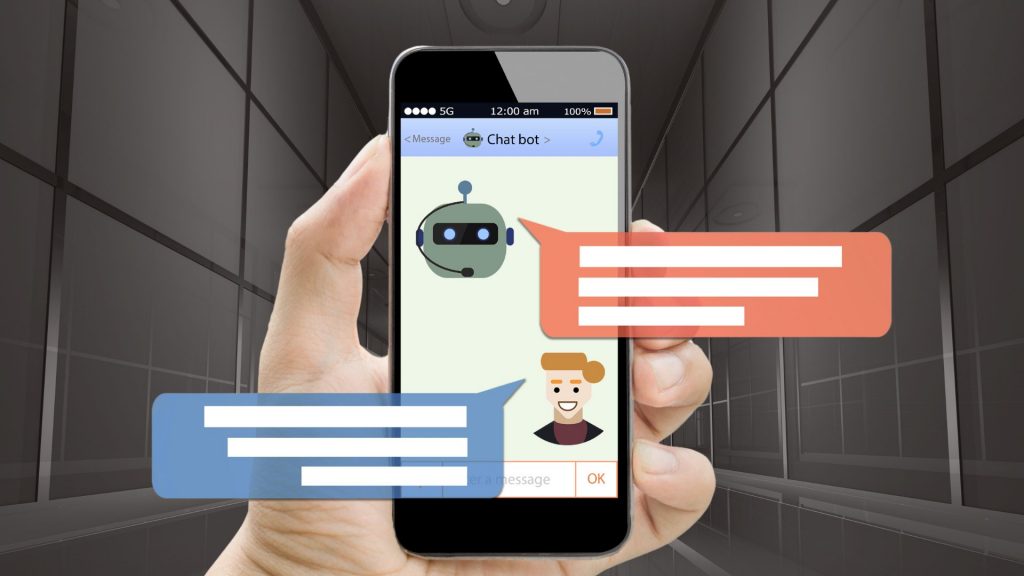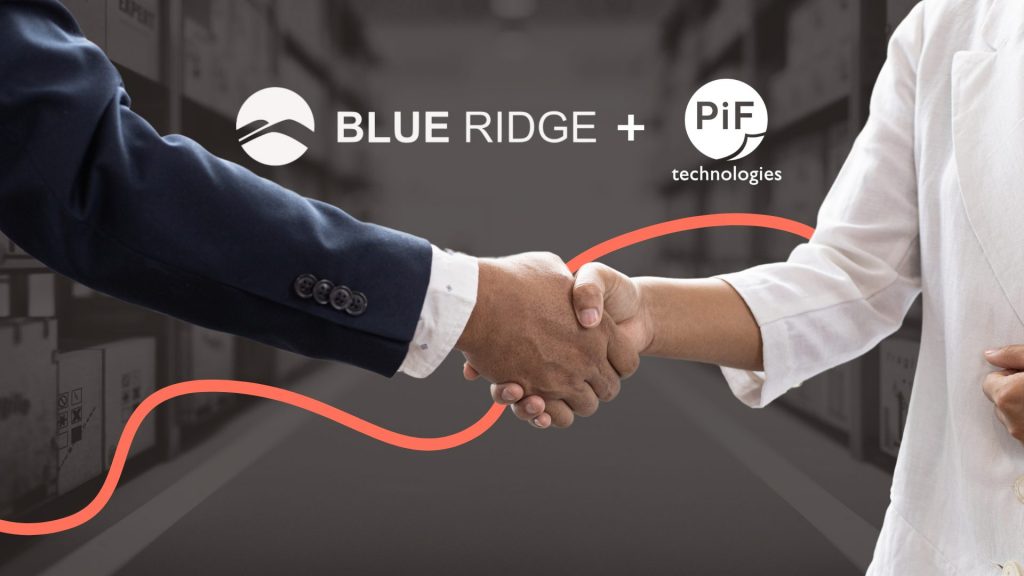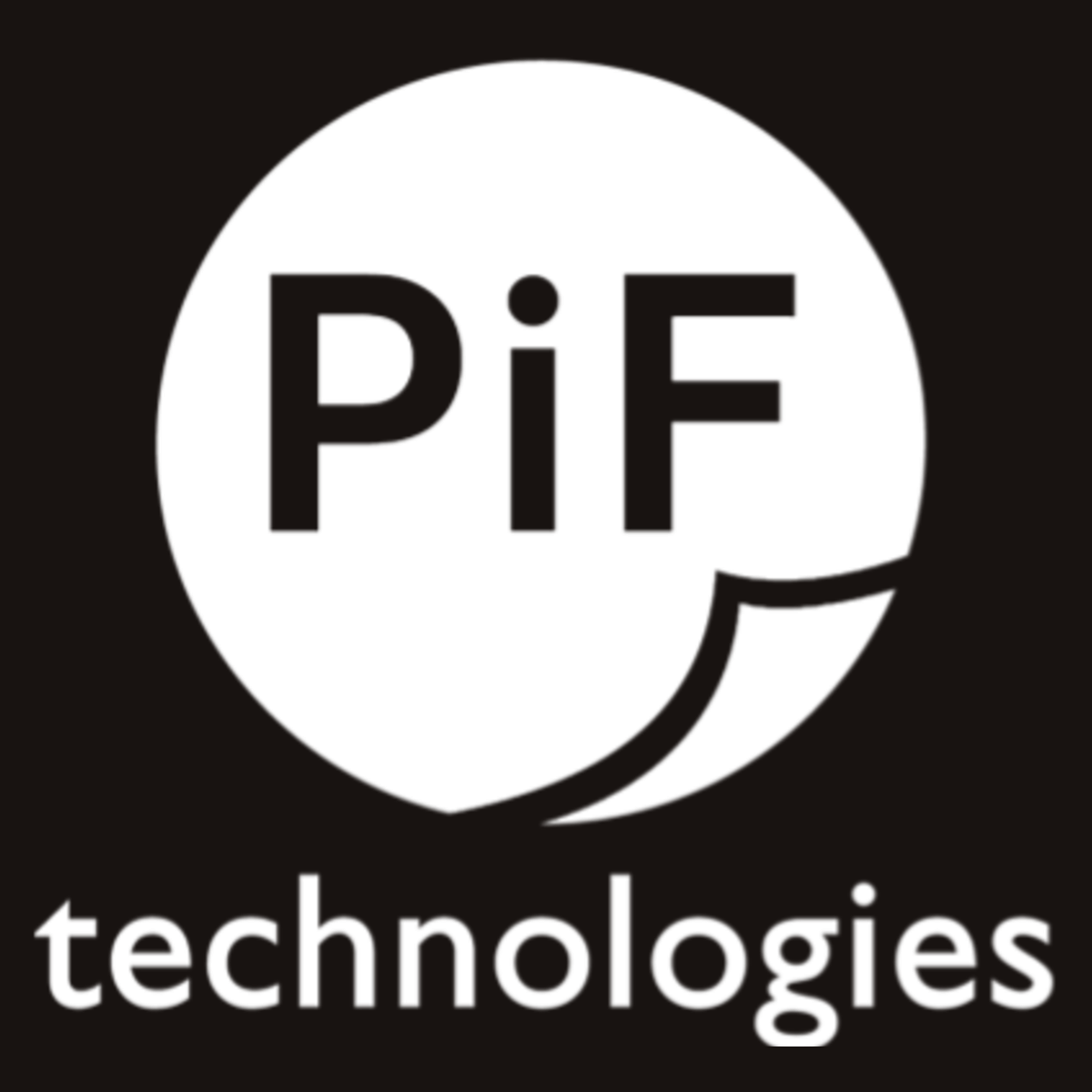Many businesses treat implementing new solutions like shopping for a car, they look for the shiniest new features, the softest leather seats, and the latest technology. This can often lead to disappointment down the road, when the features don’t have the same luster and you find that you’re spending more and more on upkeep every year.
The best approach you can take to finding a new solution consultant is to treat it more like dating. After all, you’re entering into a long-term commitment and you want to make sure it’s the right match. By taking this approach, you can ensure that you aren’t dissuaded by only focusing on exciting features and instead focus on core functionality, return on investment, and the responsiveness of your consultant.
We’ve had over 25 years of experience as software implementation consultants, and through our experience we’ve been able to identify some common questions our clients have asked us in the past.
1. Does the solution support my current business environment?
You know your business better than anyone. With your deep understanding of your existing processes, you need to know if a new solution can either supplement them or replace them by making them more effective. Additionally, you know your employees, and ensuring that you invest in a solution that can be utilized by everyone should be of high importance.
Many solutions look great in a vacuum (or in the demonstration), but when you apply them to your business in practice they aren’t effective. Either the system is too complex, it doesn’t integrate with your existing financial ERP software, or your employees are resistant to change.
Having an understanding of your existing processes coupled with determination to implement a new solution successfully within your organization is the key to having long term success.
2. How much IT support will the solution require?
If your organization doesn’t have a robust IT department, certain solutions may be challenging to implement. Asking a potential vendor how much support your IT team will need to provide will help you gain an understanding of how difficult implementation will be and also allow you to set realistic expectations.
At PiF Technologies, we have a knowledgeable professional services team and a solution that does not require a lot of support from the IT team. Outside of the initial install, we handle the rest of implementation, training, and ongoing support.
3. How does the solution affect my customers and vendors?
Your vendors and customers may need access to your documents or other data, and your current practices may change once you implement a new solution. Some things to consider are if a solution can provide secure, limited access to those partners in your ecosystem, specifically vendors, customers or auditors.
If your processes need to change, for example invoices need to be submitted digitally versus through mail, it’s important to not only understand these changes, but also communicate them to your customers.
Keeping your customers and vendors in mind during the solution search is absolutely critical.
4. How is the software licensed?
To ask this question, you first need to understand the different types of software licensing.
Concurrent Licenses
Concurrent Licenses allow for a set number of users to be accessing the system at any given time. Typically, concurrent user licensing works in a 3:1 user ratio, so if you have 15 people that may need access at different intervals, you would only require 5 licenses. The concurrent model generally has the highest licensing ROI.
Full User Licenses
Full User Licenses allow users to have unrestricted access and complete control over the entire solution.
Named Licenses
Users with Named Licenses have a login unique to them and are the only ones with access to their specific license.
Understanding the types of licenses can help you ask the right questions about the licensing for your new system and better understand how the system will work in practice.
5. What are the different ways I can access the system?
Your organization might have deployed a number of devices across different environments, and you may have employees who work remote or in a hybrid model. Can your users access the system from anywhere? How is the system accessed, is it through a web browser interface or in the Cloud? Is the system consistent across various devices (pc, laptop, tablet, phone) and easy to use?
Asking these questions during your solution search can help you better understand implementation, long-term adoption, and the overall success of your system. PiF offers Amazon Web Services Cloud hosting, which is a secure and convenient way to store your data rather than solely relying on on-premise servers.
6. Does the solution provider complete projects in-house or subcontract overseas?
You meet the sales team, you get excited about the project, only to realize that it’s being built and implemented by a hard-to-reach team halfway across the world in a totally different time zone. Unfortunately, many consultants choose to subcontract their projects to third parties, creating a disconnect between you and the people completing your project. It makes it more difficult to reach them with questions, and extends the length of the project being completed.
PiF completes every project and implementation in-house, meaning that if you have a question you can contact us directly and we’ll get your answer from someone down the hall, not across the globe.
7. Do you have customers that are similar to my business?
While your organization has challenges that are unique to you, it’s likely that other organizations in your industry have similar problems. Working with a Solution Provider that understands your industry, has executed on numerous projects in your specific industry, and understands your business processes and challenges you face will help you during the entire implementation process.
PiF has customers across all industries, and a deep understanding of their challenges. Because of this, we know what to expect.
When meeting with a solution provider, ask to speak directly to a reference and have a “peer to peer” conversation regarding the solution provider, and their ability to deliver the project on time, as well as discuss what sort of challenges they faced during implementation.
8. How are my documents stored within the system?
You want to have real-time instant access to your documents.
To ensure collaboration and access from a variety of devices, you want to seek out a system that utilizes a central repository that stores documents in a file format that is accessible. You want to invest in a system that is robust enough to find the documents you need using a variety of search criteria as well as provide instant access to all related documents.
Another consideration is if the format is Proprietary or Nonproprietary. If you chose to no longer use the system, what is your exit strategy? What does their export module look like, how much cost and labor is involved? Just like a relationship, sometimes things don’t work out, and it’s just as important to understand how to end things as it is to start.
9. Can the solution integrate with my specific ERP or line of business system?
The right solution (and right integrator) complements your existing systems rather than replaces them. Integration solves the fundamental problem of AP automation which is manual and/or duplicate data entry – which in some cases can be 75% to 90% of an AP clerk’s time in an average week. That’s one of the drivers behind making the investment in AP automation.
If your ERP is closed or un-cooperative that means that they will not allow an API (Application Programming Interface) or allow for a flat file export (.CSV or XML). At this stage, many solution integrators will give up on the project or try to encourage the client to get off the platform.
We take a different approach, if an API or flat file export doesn’t work, our solution is to use Robotic Process Automation (RPA), a “Bot” to bi-directionally push and pull the data, no API or .CSV/XML export required.
Asking if a new solution can integrate with your existing ones should happen early on in the search process.
10. What kind of support will I receive if something goes wrong?
When you call their support line are you thrown into a queue of thousands of other customers waiting to talk to a real person? Do they offer extensive training and triage?
While we’d like to think that issues never arise and software never has glitches, it sometimes happens, and knowing exactly what support you’ll receive in that case is crucial before making your decision to work with a solution provider.
Our commitment to support begins the moment your project begins, we utilize a 6-Step Methodology that includes crucial steps such as Prototype, User Acceptance Testing (UAT), and Triage at Go-Live.
Once your project is completed, we offer 100% U.S.-based support 5 days a week, training, and dedicated implementation consultants who will work with you to ensure your project is successful and you’re happy with it long term.
PiF Technologies has had over 25 years of experience implementing, executing, and supporting automation solutions. We’ve seen just about every pain point in every industry, and we have over 2,000 customers to prove it. Beyond just Document Management and Accounts Payable Automation, we offer Electronic Forms, Amazon Web Services Cloud Hosting, Robotic Process Automation, and for our local customers, Ricoh Copiers and Printers.







